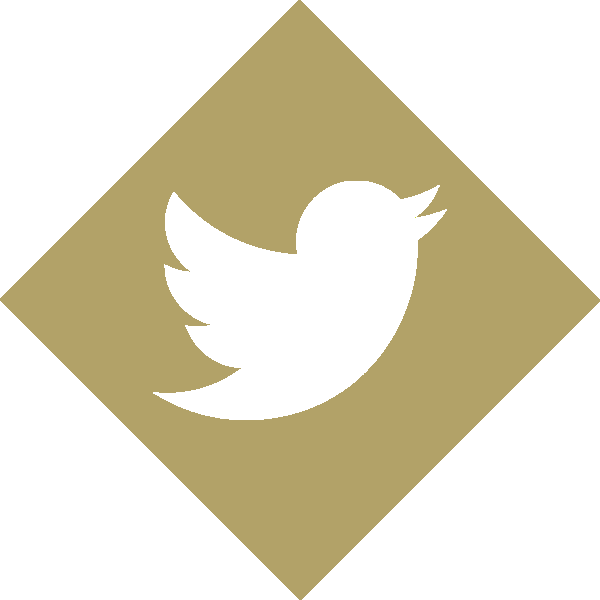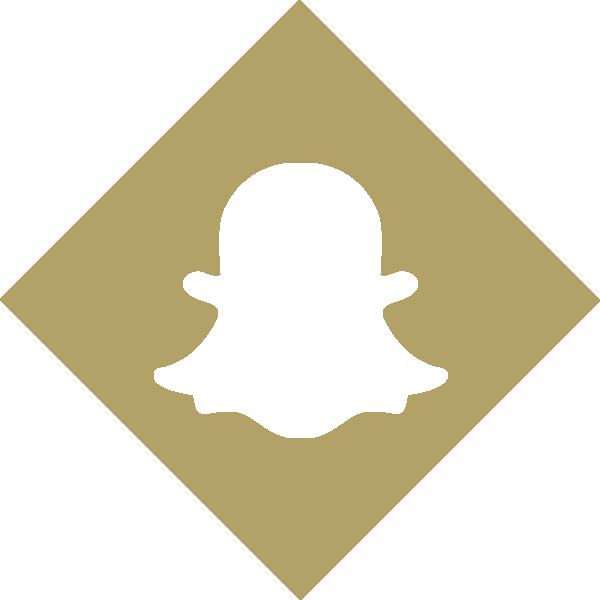Hi Brandon,
Yes, the "measure area" command has the includeMasked option default false so the area of the small blobs masked by the surface dust command is not included in the calculation
The "measure motion" command shows line segments (hairs, prickles) on a surface showing which direction a surface is moving in a series of surfaces, for instance in a surface depiction of a 3D light microscopy time series. Are you saying that measure motion shows the line segments even for blobs hidden with "surface dust", and that you want an option to not show the line segments for those hidden blobs? The measure motion command is a rarely used feature and probably no one else ever tried it with hiding dust
It is possible to make that improvement but hard to find time to do it.
For tracking the surface as it moves, which points at time t=2 correspond to which points at t=1, that is a complex problem. Maybe the measure motion vectors are a tiny part of a solution. This would produce a large quantity of data matching many of the surface vertices between every two time points. An critical consideration would be how you are planning to use that information. In general tracking surfaces that split, merge, disappear, ... and analyzing requires a lot of custom written software.
We don't have the funding to supply special purpose surface tracking software so I think it is likely you would need to find other software that can do the job, probably that does not exist, so you would need a programmer to develop it for you. Maybe what you want it simpler than I think. But you would need to explain it in detail.
Tom
Hello all,
I had two questions:
1) I see there is now the option in measure area to ignore dusted objects, is it possible to have this feature in the measure motion as well?
2) For measure and mark blobs, Is there any way to use the output of the measure motion function to link the blobs since the triangle number changes in each frame, but following measure motion we know where it goes in the next frame.
Thanks,
Brandon Scott, PhD CZI Imaging Scientist, Research Assistant Professor
Nanoscience & Nanoengineering
South Dakota Mines
501 E. Saint Joseph St., Rapid City, SD 57701




